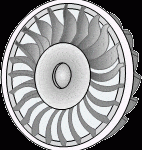
Impulse Turbines are bidirectional turbines used in hydro power and ocean power applications. Impulse turbines convert the kinetic energy of moving water, firstly into mechanical energy and secondly into electrical energy using an electrical generator. Impulse turbines use buckets or paddles plus one or more water jets directed at these buckets as they rotate. The water flows over the turbine blades at atmospheric pressure so is generally suited for high head, low flow applications.
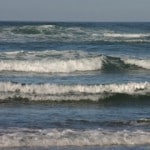
Ocean wave energy devices extract and harness the clean and renewable energy resources from the oceans waves. Ocean waves are created by wind energy blowing across the sea’s surface pushing the water to create the up-down motion of the surface water before crashing as waves onto the shoreline. Ocean wave energy devices use the movement of the waves and water to generate electricity. Many different types of wave energy converters have been developed to extract this marine energy being located either on the shore, nearshore or deeper waters offshore and have names such as oscillating columns, overtoppers, attenuators, point absorbers and surge converters
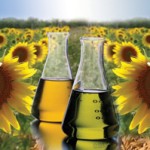
Biofuel production has seen a steady increase in popularity and usage over the last decade, The sustainability of many of the so called first-generation biofuels produced from food crops such as grains, sugar cane and vegetable oils have concern many about their effects on the food-chain, as well as their effects on the environment and climate change. Second-generation biofuels usage of non-food crops, agricultural and forestry residues, by-products and man-made oils significantly reduces these negative impacts making second-generation biofuel production less dependant on fossil fuels
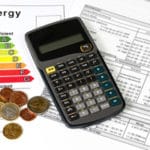
Energy saving tips are always a good idea as it can help you to be more energy efficient reducing your energy bills. But energy saving isn’t about not turning on your heating, or cooling systems, its about using what you have in more efficient ways. Simple energy saving tips such as turn off lights not being used, Replace conventional light bulbs with efficient light bulbs, use the winter sunlight to heat your home and keep it out in the summer, clean or replace old filters and insulation, all are simple can do energy saving tips to help you reduce your energy costs
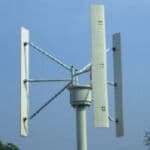
Vertical Axis Wind Turbines are classified as being vertical due to the orientations of the axis of rotation. They consist of two distinct types using drag or/and lift forces on the blades to create the mechanical power required for electricty generation or water pumping. These types are Savonius rotor (drag-driven) and Darrieus rotor (lift-driven) designs
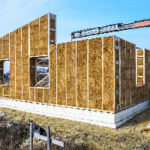
Green Building Materials Green Building Materials Most parts of the world are More
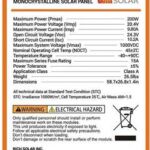
The rated power of a solar cell or photovoltaic panel is measured under internationally specified test conditions. The standard test conditions, or STC of a photovoltaic solar panel defines the manufacturer’s voltage, current and wattage rating. But since these conditions are not typical of how PV modules and arrays operate in the field, actual performance is somewhat less than at STC.
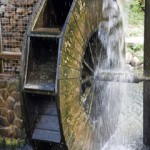
Hydrokinetic energy uses turbines placed directly in river, ocean, or tidal currents to generate electrical power. The amount of hydrokinetic power available depends on the speed of the moving water in the form of a current within the river or ocean. Hydrokinetic energy devices are ideally installed at various locations around the world which have relatively steady water flows throughout the year and are not affected by flooding, water turbulence, or long periods of low water levels. Tidal currents under the gravitational influence of the moon and sun change direction and velocity depending on the local geography with river and tidal current hydrokinetic energy devices being installed above and below the waterline
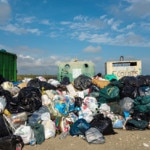
Solid waste as a renewable source of energy is a way of reducing the dependency on conventional fossil fuels for energy generation. Waste-to-energy technologies help reduce greenhouse gas emissions, environment pollution, fossil fuel use, and unnecessary landfill dumping. Energy generation from waste materials reduces pollution caused by the burning of coal and oil based fossil fuels, and the land which would have otherwise been used for landfill purposes can be used for many other useful and green purposes
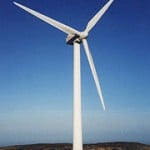
Environmental impact of wind energy and wind farms on the local wildlife and their habitats has been a topic of conversation for many years. Climate change issues,a reduction of CO2 emissions, depleted fossil fuel reserves and soaring fuel prices have all led to an increase in the use of renewable energy sources with wind energy and wind power generation being a cost efficient energy source. Wind turbines generate electricity by harnessing the power of the wind using rotor blades or propellers set in motion by the energy of the wind. While wind power does not produce harmful emissions or hazardous waste or deplete natural resourses, it does however have an impact on the natural habitats of birds and bats